Précédemment, nous avons tenté de tracer un diaporama de ce qu’est le harcèlement scolaire, quel est son ampleur, qui sont les personnes les plus ciblées, quelles en sont les conséquences ?
La vidéo sur Youtube :
La vidéo sur Peertube :
La vidéo sur Vimeo :
Ce faisant, nous sommes demeurés en surface : nous n’avons pas encore creusé la question des causes et facteurs alimentant ces harcèlements.

Les phénomènes de harcèlement sont souvent abordés en portant focus sur les harceleurs et la personne harcelée, voire éventuellement les témoins (les autres élèves), sans tenir compte, ou si peu, du rôle de l’environnement social. Or, cela est central : le harcèlement scolaire a des ramifications bien plus large qu’il n’y paraît, alimenté par des préjugés généraux et par des contextes contrôlants dans les écoles, surtout au collège. Ces contextes contrôlants, c’est-à-dire quand l’école devient compétitive, avec des rapports enseignants/élèves très verticaux, accroissent les tensions, renforcent les logiques de dominations entre pairs : dominer l’autre, en le dévalorisant pour se valoriser soi ; le punir, parce qu’il ne conforme pas à la norme et menace le statut quo.
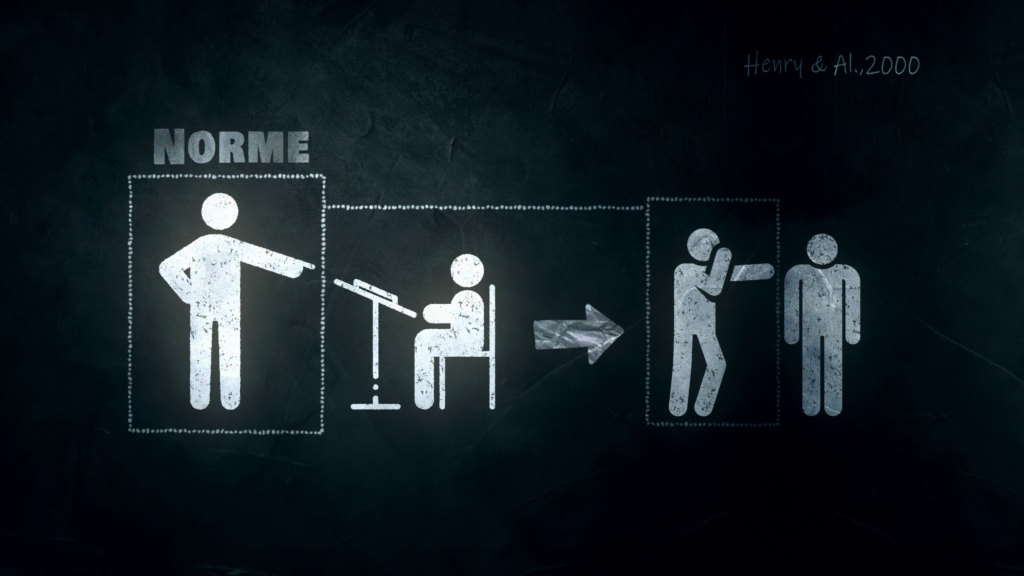
Dans certains cas, ce sont directement les adultes qui participent à augmenter, voire à déclencher des harcèlements entre élèves, avec notamment ce qu’on nomme les humiliations scolaires, phénomène connexe au harcèlement scolaire.
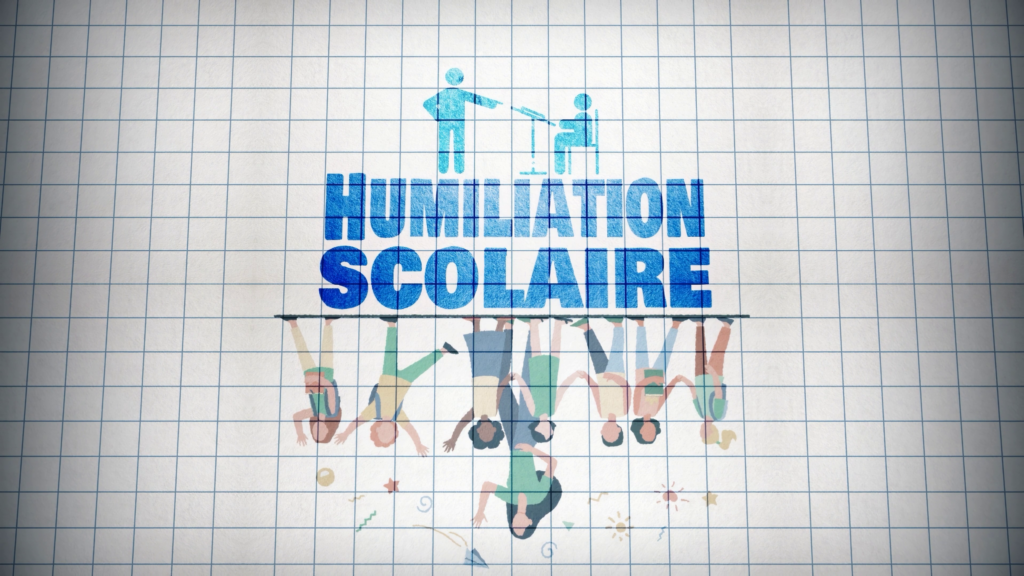
Ces contextes contrôlants que nous allons approfondir dans cette partie ne renforcent pas seulement les tensions dans les écoles, mais tout autant sapent les besoins des élèves, leur estime personnelle, leur motivation pour les apprentissages, etc. Si vous connaissez déjà nos réalisations sur le Hacking Social, vous avez sans doute déjà deviné que nous allons parler d’autodétermination 😉
Dans la troisième partie, nous aborderons les fausses « bonnes » solutions pour lutter contre les harcèlements scolaires, et vous le verrez, on en aura des choses à démystifier.
D’ici là, prenez soin de vous !
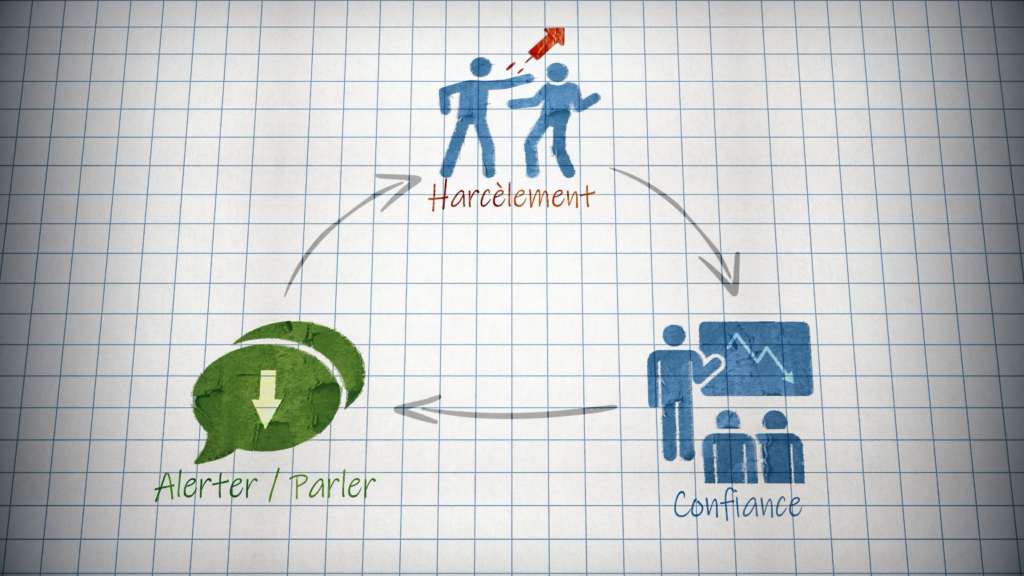
Bibliographie

- Assor, A., Kaplan, H., & Roth, G. (2002). Choice is good, but relevance is excellent: Autonomy‐enhancing and suppressing teacher behaviours predicting students’ engagement in schoolwork. British journal of educational psychology.
- Bowen, F., & Levasseur, C. (2016). Exploring the causal links between the perception of the socio-educational environment and the aggressive and prosocial behavior of students at the end of primary school. International journal on school climate and violence prevention
- Bradshaw, J., Crous, G., Rees, G., & Turner, N. (2017). Comparing children’s experiences of schools-based bullying across countries. Children and Youth Services Review, 80, 171-180.
- Carra, C., Garnier, A., Col, C., Carnel, B., & Mas, M. (2006). Les violences à l’école primaire vues par les élèves: une face peu connue du phénomène. Spirale-Revue de recherches en éducation, 37(1), 49-62.
- Cheon, S. H., Reeve, J., & Marsh, H. W. (2023). Autonomy-supportive teaching enhances prosocial and reduces antisocial behavior via classroom climate and psychological needs: A multilevel randomized control intervention. Journal of Sport and Exercise Psychology.
- Csikszentmihalyi, M. (2014). Applications of flow in human development and education (pp. 153-172). Dordrecht: Springer.
- Darnon, C., Dompnier, B., & Marijn Poortvliet, P. (2012). Achievement goals in educational contexts: A social psychology perspective. Social and Personality Psychology Compass
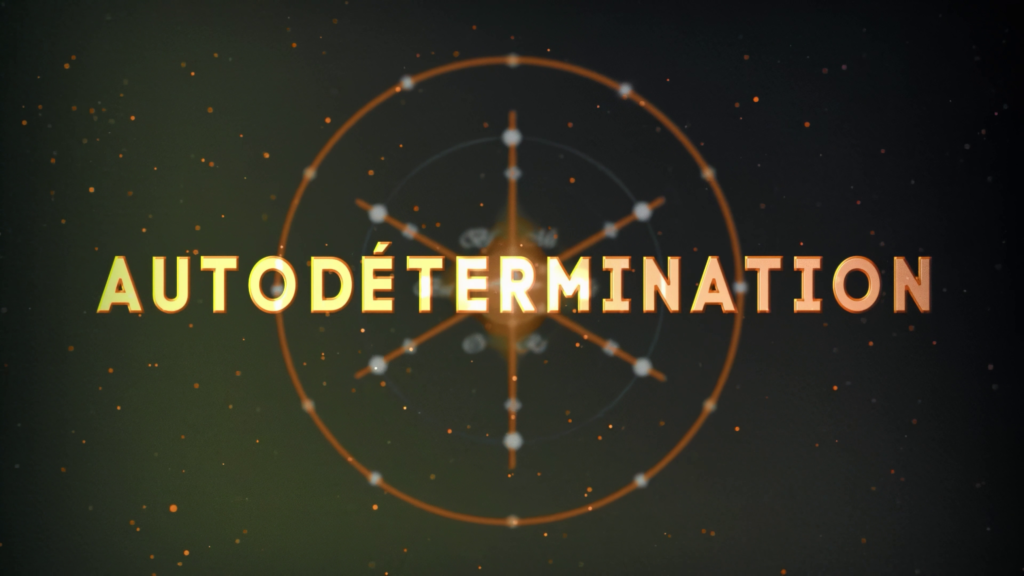
- Deci, E. L., & Ryan, R. M. (2008). Self-determination theory: A macrotheory of human motivation, development, and health. Canadian psychology/Psychologie canadienne, 49(3), 182.
- Deci, E. L., Eghrari, H., Patrick, B. C., & Leone, D. R. (1994). Facilitating internalization: The self‐determination theory perspective. Journal of personality, 62(1), 119-142.
- Debarbieux, E., Alessandrin, A., Dagorn, J., & Gaillard, O. (2018). Les violences sexistes à l’école. Une oppression viriliste. 0. The European Journal of Public Health, 25(suppl_2), 61-64
- Debarbieux : L’oppression viriliste et la violence scolaire, Le café pédagogique, 2018
- Demaray, M. K., Malecki, C. K., Secord, S. M., & Lyell, K. M. (2013). Agreement among students’, teachers’, and parents’ perceptions of victimization by bullying. Children and Youth Services Review
- DeRosier, M. E., Kupersmidt, T. B., & Patterson, C. J. (1994). Children’s academic and behavioral adjustment as a function of the chronicity and proximity of peer rejection. Child Development
- Ferguson, Y. L., Kasser, T., & Jahng, S. (2011). Differences in life satisfaction and school satisfaction among adolescents from three nations: The role of perceived autonomy support. Journal of research on Adolescence
- Gagne, M. (2003). The role of autonomy support and autonomy orientation in prosocial behavior engagement. Motivation and Emotion, 27, 199–223.
- Galand, B., Baudoin, N., & Hospel, V. (2014). » School and classroom effects on bullying and peer victimization. In 28th International Congress of Applied Psychology.
- Gillet, N., Vallerand, R. J., & Lafreniere, M. K. (2012) Intrinsic and extrinsic school motivation as a function of age: The mediating role of autonomy support. Social Psychology of Education, 15, 77–95.
- Gnambs, T., & Hanfstingl, B. (2015). The decline of academic motivation during adolescence: An accelerated longitudinal cohort analysis on the effect of psychological need satisfaction. Educational Psychology
- Gordon, A. R., Conron, K. J., Calzo, J. P., White, M. T., Reisner, S. L., & Austin, S. B. (2018). Gender expression, violence, and bullying victimization: Findings from probability samples of high school students in 4 US school districts. Journal of School Health, 88(4), 306–314.
- Grolnick, W. S., Deci, E. L., & Ryan, R. M. (1997). Internalization within the family: The self-determination theory perspective. Parenting and children’s internalization of values: A handbook of contemporary theory, 135-161.
- Grolnick, W. S., & Ryan, R. M. (1987). Autonomy in children’s learning: an experimental and individual difference investigation. Journal of personality and social psychology, 52(5), 890.
- Hagenauer, G., & Hascher, T. (2010). Learning enjoyment in early adolescence. Educational Research and Evaluation, 16(6), 495-516.
- Hazler, R. J., Miller, D. L., Carney, J. V., & Green, S. (2001). Adult recognition of school bullying situations. Educational Research, 43(2), 133-146.
- Henry, D., Guerra, N., Huesmann, R., & Tolan, P. (2000). Normative influences on aggression in urban elementary school classrooms. American Journal of Community Psychology, 28(1), 59–81.
- Hymel, S., & Swearer, S. M. (2015). Four decades of research on school bullying: An introduction. American Psychologist, 70(4), 293.
- Jang, H. (2008). Supporting students’ motivation, engagement, and learning during an uninteresting activity. Journal of Educational Psychology, 100(4), 798.
- Klapp, A. (2015). Does grading affect educational attainment? A longitudinal study. Assessment in Education: Principles, Policy & Practice, 22(3), 302-323.
- Kleinkorres, R., Stang‐Rabrig, J., & McElvany, N. (2023). The longitudinal development of students’ well‐being in adolescence: The role of perceived teacher autonomy support. Journal of Research on Adolescence.
- Lam, S. F., Law, W., Chan, C. K., Wong, B. P., & Zhang, X. (2015). A latent class growth analysis of school bullying and its social context: the self-determination theory perspective. School psychology quarterly, 30(1), 75.
- Merle, P. (2017). La classe: un lieu de violence scolaire. Eduquer, 12-14.Merrell, K. W., Gueldner, B. A., Ross, S. W., & Isava, D. M. (2008). How effective are school bullying intervention programs? A meta-analysis of intervention research. School Psychology Quarterly, 23, 26–42
- Merle, P. (2015). L’élève humilié: l’école, un espace de non-droit?. Puf.
- Montero-Carretero, C., Barbado, D., & Cervelló, E. (2020). Predicting bullying through motivation and teaching styles in physical education. International journal of environmental research and public health, 17(1), 87.
- Morgan, E. M., & Davis-Delano, L. R. (2016). Heterosexual marking and binary cultural conceptions of sexual orientation. Journal of Bisexuality, 16(2), 125-143.
- Mulvey, K. L., & Killen, M. (2015). Challenging gender stereotypes: Resistance and exclusion. Child Development, 86(3), 681-694.
- Newman, R. S., & Murray, B. J. (2005). How students and teachers view the seriousness of peer harassment: When is it appropriate to seek help?. Journal of Educational Psychology, 97(3), 347.
- Payet, J. P. (1997). Le «sale boulot»: Division morale du travail dans un collège en banlieue. In Les Annales de la recherche urbaine (Vol. 75, No. 1, pp. 19-31). Persée-Portail des revues scientifiques en SHS.
- Pepler, D., Jiang, D., Craig, W., & Connolly, J. (2008). Developmental trajectories of bullying and associated factors. Child development, 79(2), 325-338.
- Craig, W. M., Pepler, D., & Atlas, R. (2000). Observations of bullying in the playground and in the classroom. School psychology international, 21(1), 22-36.
- Reeve, J. (2006). Teachers as facilitators: What autonomy-supportive teachers do and why their students benefit. Elementary School Journal, 106, 225–236.
- Ryan, R. M., & Deci, E. L. (2000). Intrinsic and extrinsic motivations: Classic definitions and new directions. Contemporary educational psychology, 25(1), 54-67.
- Ryan, R. M., & Deci, E. L. (2017). Self-determination theory: Basic psychological needs in motivation, development, and wellness. Guilford publications.
- Reeve, J., & Halusic, M. (2009). How k-12 teachers can put self-determination theory principles into practice. Theory and Research in Education, 7, 145–154.
- Reeve, J., & Tseng, C. M. (2011). Cortisol reactivity to a teacher’s motivating style: The biology of being controlled versus supporting autonomy. Motivation and emotion, 35, 63-74.
- Roth, G. (2008). Perceived parental conditional regard and autonomy support as predictors of young adults’ self- versus other-oriented prosocial tendencies. Journal of Personality, 76, 513–534.
- Roth, G., Assor, A., Niemiec, C. P., Ryan, R. M., & Deci, E. L. (2009). The negative emotional and behavioral consequences of parental conditional regard: Comparing positive conditional regard, negative conditional regard, and autonomy support as parenting practices. Developmental Psychology, 45, 1119–1142
- Roth, G., Kanat‐Maymon, Y., & Bibi, U. (2011). Prevention of school bullying: The important role of autonomy‐supportive teaching and internalization of pro‐social values. British Journal of Educational Psychology, 81(4), 654-666.
- Rudman, L. A., Moss-Racusin, C. A., Glick, P., & Phelan, J. E. (2012). Reactions to vanguards: Advances in backlash theory. In Advances in experimental social psychology (Vol. 45, pp. 167-227). Academic Press.
- SAINT MARTIN C., de, 2012, Nommer les violences scolaires. Des incivilités au harcèlement scolaire, La lettre de l’enfance et de l’adolescence, 87, 1, 119- 126.
- Scheithauer, H., Hayer, T., Petermann, F., & Jugert, G. (2006). Physical, verbal, and relational forms of bullying among German students: Age trends, gender differences, and correlates. Aggressive Behavior: Official Journal of the International Society for Research on Aggression
- Schwartz, D., Gorman, A. H., Nakamoto, J., & Toblin, R. L. (2005). Victimization in the peer group and children’s academic functioning. Journal of educational psychology, 97(3), 425.
- Smith, P. K., Talamelli, L., Cowie, H., Naylor, P., & Chauhan, P. (2004). Profiles of non‐victims, escaped victims, continuing victims and new victims of school bullying. British journal of educational psychology, 74(4), 565-581.
- Tenenbaum, L. S., Varjas, K., Meyers, J., & Parris, L. (2011). Coping strategies and perceived effectiveness in fourth through eighthgrade victims of bullying. School Psychology International, 32(3), 263–287.
- Tolmatcheff, C., Hénoumont, Klée, E., & Galand, B. (2019). Stratégies et réactions des victimes et de leur entourage face au harcèlement scolaire: une étude rétrospective. Psychologie française, 64(4), 391-407.
- Tolmatcheff, C., Galand, B., & Roskam, I. (2018). Diversité des caractéristiques des harceleurs et implications pour l’intervention en milieu scolaire. Enfance, (3), 471-490.
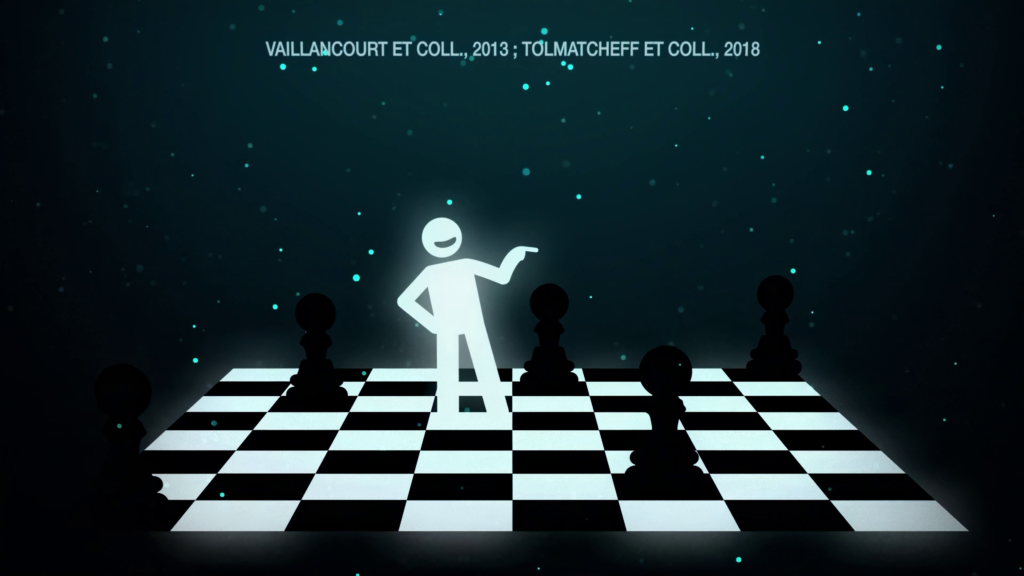
- Vaillancourt, T., Trinh, V., McDougall, P., Duku, E., Cunningham, L., Cunningham, C. & Short, K. (2010). Optimizing population screening of bullying in school-aged children. Journal of School Violence, 9(3), 233-250.
- Vaillancourt, T., Duku, E., Becker, S., Schmidt, L. A., Nicol, J., Muir, C., & MacMillan, H. (2011). Peer victimization, depressive symptoms, and high salivary cortisol predict poorer memory in children. Brain and Cognition, 77(2), 191-199.
- Vaillancourt, T., Hymel, S., & McDougall, P. (2003). Bullying is power: Implications for school-based intervention strategies. Journal of Applied School Psychology, 19(2), 157-176.
- Vaillancourt, T., Hymel, S., & McDougall, P. (2003). Bullying is power: Implications for school-based intervention strategies. Journal of Applied School Psychology, 19(2), 157-176.
- Van der Toorn, J., Pliskin, R., & Morgenroth, T. (2020). Not quite over the rainbow: The unrelenting and insidious nature of heteronormative ideology. Current Opinion in Behavioral Sciences
- Vansteenkiste, M., Zhou, M., Lens,W., & Soenens, B. (2005). Experiences of autonomy and control among Chinese learners: Vitalizing or immobilizing? Journal of Educational Psychology, 97, 468–483.
- Veenstra, R., Lindenberg, S., Oldehinkel, A. J., De Winter, A. F., Verhulst, F. C., & Ormel, J. (2005). Bullying and victimization in elementary schools: a comparison of bullies, victims, bully/victims, and uninvolved preadolescents. Developmental psychology, 41(4), 672.
- UNESCO. (2019). Behind the numbers: Ending School violence and bullying. The United Nations Educational, Scientific and Cultural Organization. 2019
- Who – Spotlight on Adolescent Health and Well-Being, 2020
- Zullig, K. J., Huebner, E. S., & Patton, J. M. (2011). Relationships among school climate domains and school satisfaction. Psychology in the Schools, 48(2), 133–145.

Documents vidéo
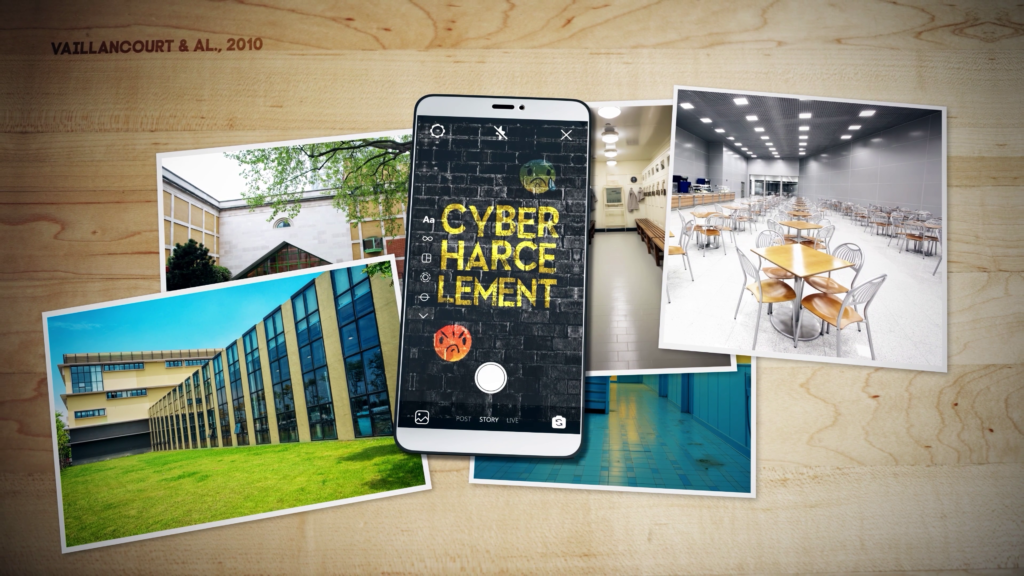
- « Prof Richard Ryan on Motivation and wellness in school: Research from self-determination theory», EducationMelbourne 2023
- «Eric Debarbieux – Améliorer le climat scolaire pour la réussite de tous les élèves », INSPÉ Lille HdF, 2020
- « Harcèlement scolaire : la faute aux adultes ? », Envoyé Spécial, 2023
- « Harcelée pendant toute ma scolarité » – La Maison des maternelles, 2021
- « Harcèlement scolaire ces parents dénoncent l’inaction de certains rectorats et chefs d’établissements », BFMTV, 2023
- « Harcèlement scolaire le papa de Nicolas sort du silence», C à vous, 2023
- « Harcèlement scolaire ; après le suicide de Nicolas une lettre du rectorat fait scandale », France Info, 2023
- « Campagne Non au harcèlement – Le harcèlement, si on n’en parle pas, ça ne s’arrête pas », 2015
- « École : en finir avec le harcèlement », de Gicqueau & Oultaf, 2023
Vous pouvez nous soutenir via :
C’est grâce à vous si nous pouvons persévérer, merci x 1000 !


Soyez le premier à commenter